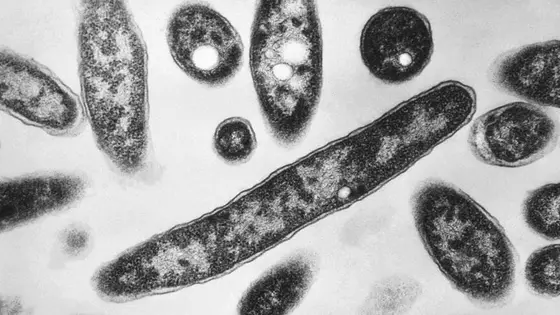T4K3.news
Harlem Legionnaires outbreak linked to government buildings
Twelve cooling towers tested positive as the city reports 99 cases and four deaths with ongoing investigations into the outbreak source.

Twelve towers tested positive for Legionella as officials pursue the outbreak’s source amid questions about testing, inspections, and transparency.
Harlem Legionnaires outbreak ties government buildings to four deaths
Twelve cooling towers in Central Harlem tested positive for Legionella as investigators seek the source of a severe outbreak. By law, building owners must test for the bacteria every three months, and the city aims to inspect towers annually, though staff shortages have slowed progress. A Gothamist analysis found that among 10 towers linked to the outbreak, most were behind on required testing or had not been inspected in the past year, including towers at CUNY City College, the NYC Economic Development Corp. and the city health department’s Central Harlem Sexual Health Clinic. Officials later confirmed that several government buildings housing programs have towers that tested positive, while the city works to identify the tower most responsible for the current spread.
The outbreak has now sickened 99 people and killed four. Harlem Hospital has treated many patients, and the air quality safety guidance remains in focus as the city presses ahead with remediation. Health Commissioner Dr. Michelle Morse noted that a more rigorous testing process has identified 12 towers with Legionella and that all but one have begun remediation. Officials say the region’s new case numbers are declining, suggesting containment. Mayor Eric Adams stressed that the air is safe to breathe, while public concern grows over delays in releasing tower addresses.
Residents and lawmakers have pressed the city for more transparency, arguing that timely information helps people take precautions. Morse defended the approach, saying releasing locations prematurely could mislead the public while the investigation continues. State Senator Cordell Cleare has proposed tighter cooling-tower rules, arguing that three lives lost are a warning sign. Public health experts emphasize that early treatment with antibiotics improves outcomes. Gothamist data show inspections have fallen since 2017, and while about 75% of towers in affected ZIP codes are up to date on testing, citywide rates trail slightly. Arya Sundaram contributed to the reporting.
Key Takeaways
"The air is safe to breathe"
Mayor Adams at a press conference
"Our communities cannot continue to serve as the canary in the coal mine"
State Senator Cordell Cleare on accountability
"Legionella can travel through the air"
Health officials about transmission
"The reason we have yet to release the building locations is to avoid giving people a false sense of security before the investigation is complete"
Health Commissioner Morse defending disclosure approach
The outbreak exposes gaps between safety rules and practical enforcement. Even as officials reassure the public, a slow cadence of inspections and limited disclosure fed frustration in Harlem. The city’s staffing limits and budget pressures are not just administrative details; they shape whether aging infrastructure can be kept safe. The situation highlights a broader tension: protecting people while balancing investigative completeness. Transparency matters because trust is essential when a disease can travel through the air and affect nearby residents.
Looking ahead, stronger oversight and clearer timelines could prevent similar episodes. The question is whether political and budget choices will translate into steady funding for inspectors, timely remediation, and open communication with communities at risk.
Highlights
- The air is safe to breathe
- Our communities cannot continue to serve as the canary in the coal mine
- Legionella can travel through the air
- The reason we have yet to release the building locations is to avoid giving people a false sense of security before the investigation is complete
Budget and staffing gaps risk public health
The city cites staff shortages and a long-term decline in annual inspections as factors delaying remediation and full transparency. This raises concerns about safety, governance, and the ability to prevent future outbreaks.
Safety requires continuous effort, not one-time fixes.
Enjoyed this? Let your friends know!
Related News
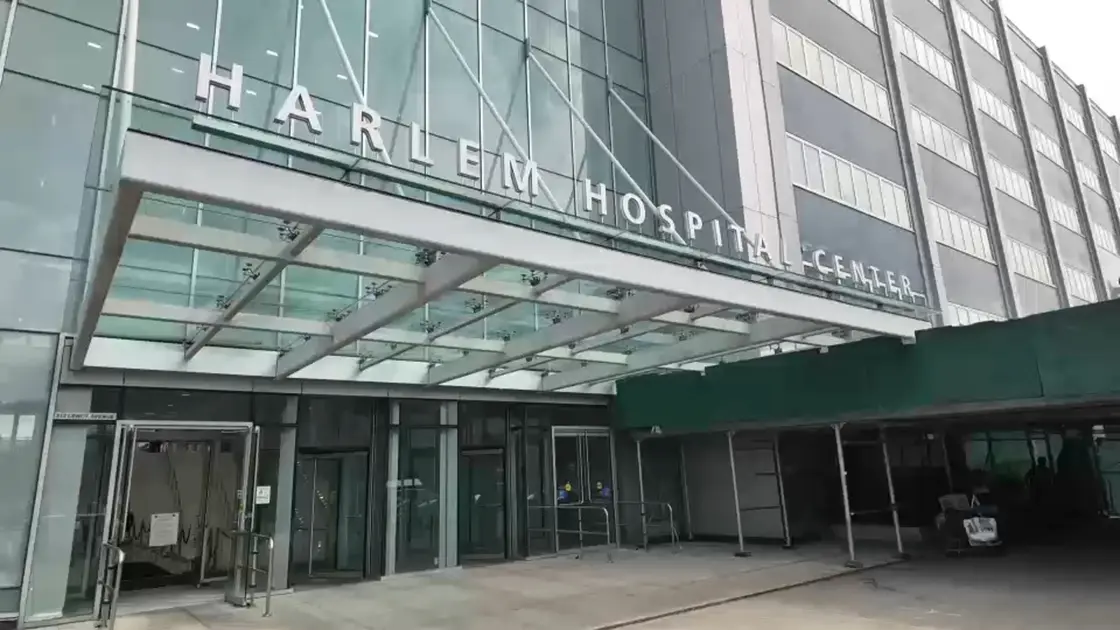
Harlem Legionnaires Update
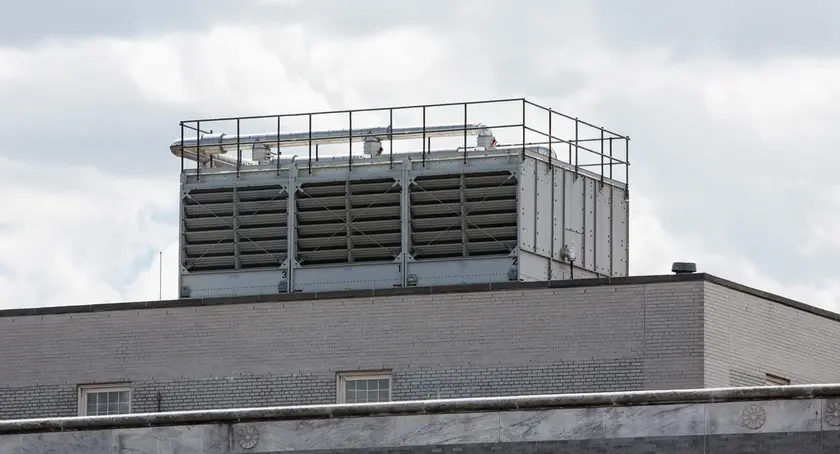
Second death reported in Harlem Legionnaires' outbreak
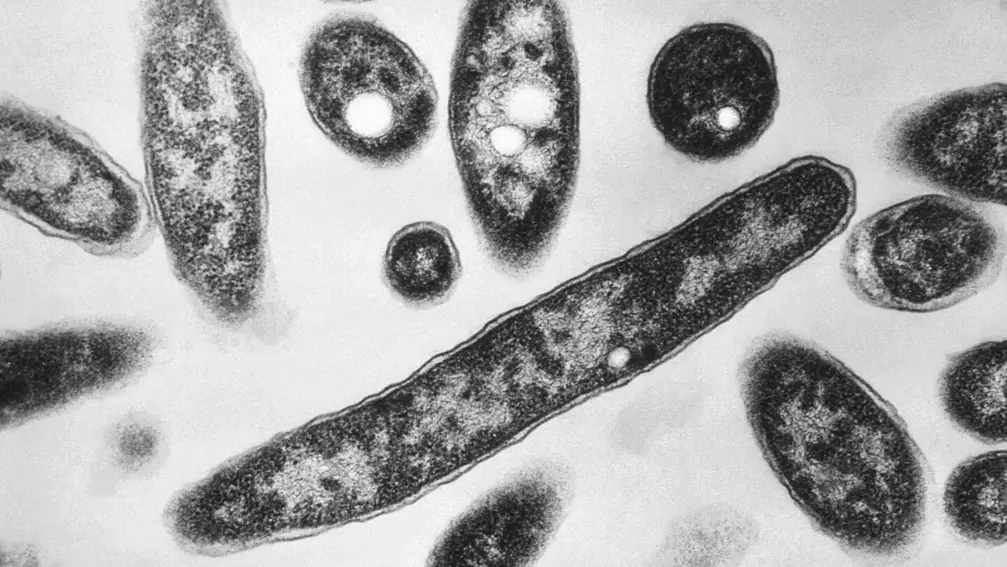
Fourth death linked to Legionnaires outbreak in NYC
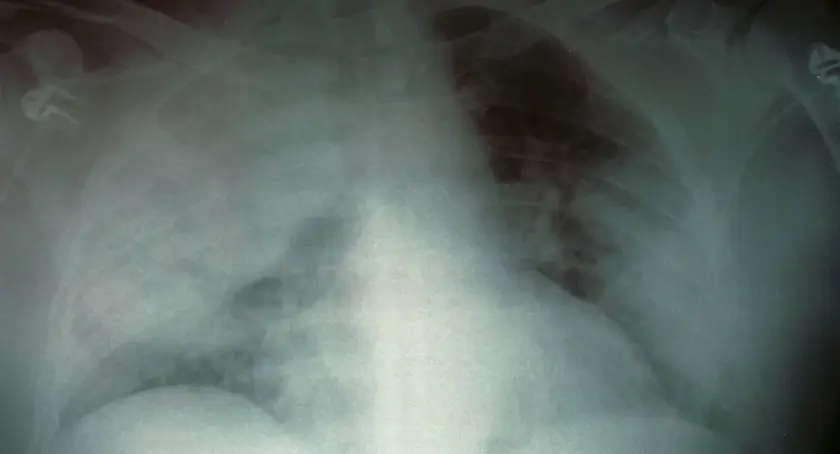
Legionnaires' disease outbreak in Central Harlem

Legionnaires disease cases rise in New York

Harlem Legionnaires outbreak alert
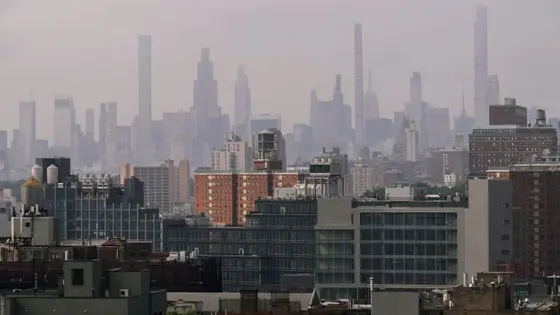
Legionnaires cases rise to 90 in NYC
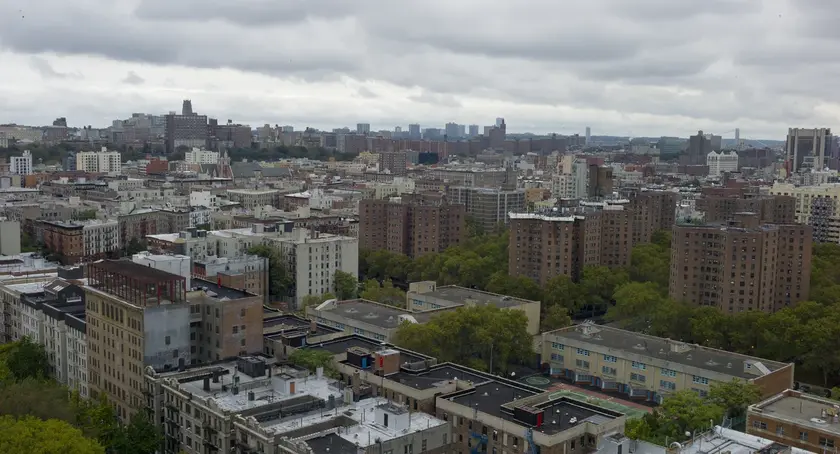
NYC Legionnaires outbreak prompts inspection review
